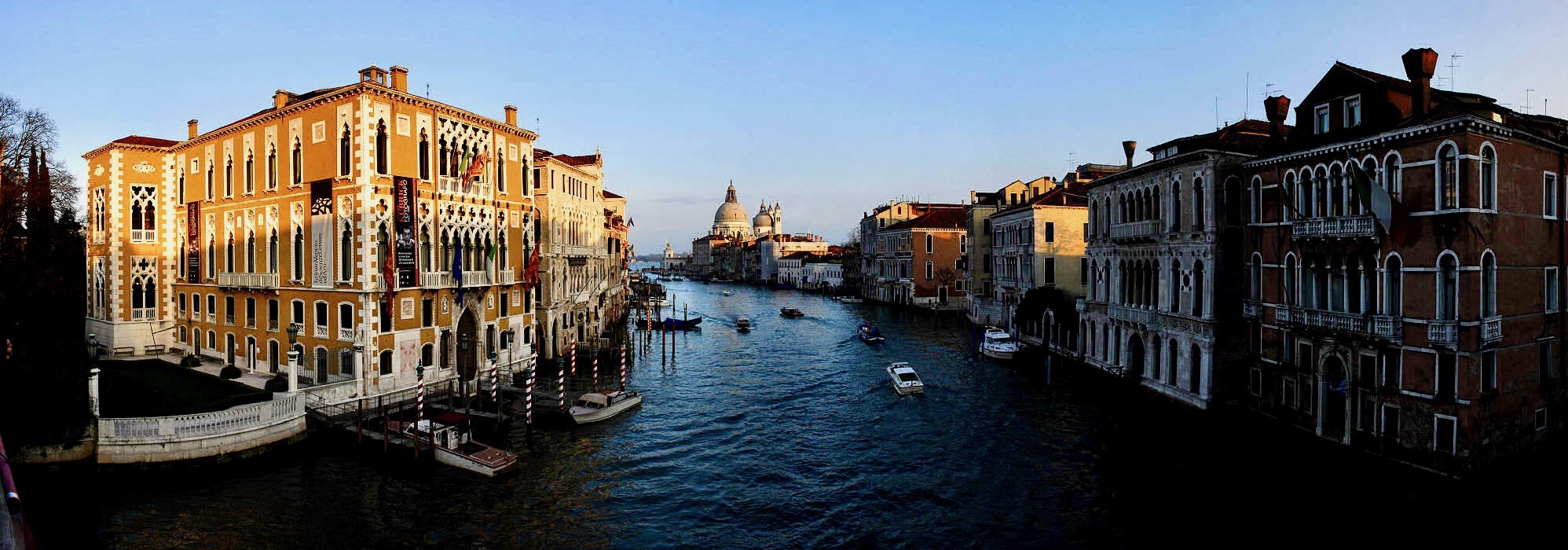TFI 2022: Theories of Fundamental Interactions 2022
Palazzo Franchetti - Venice

The 7th Meeting of the INFN Networks GAST, GSS and ST&FI developing Theories of the Fundamental Interactions will take place at Palazzo Franchetti in Venice from June 13 (afternoon) until June 15, 2022.
The Conference will bring together experts and young researchers working on perturbative and non-perturbative (supersymmetric) quantum gauge theories, (super)gravity, string theory, conformal field theories and integrable models, gauge/gravity holography and their applications to black holes, cosmology and condensed matter systems.
The Program will include three review lectures, regular talks given by young researchers and a Poster Session. Speakers for the lectures and the talks are proposed by the INFN Network Nodes. Those who wish to present their work at the Poster Session are invited to send (by May 15) a message with the title and a short description to tfi2022@lists.infn.it with the Subject: Poster Presentation. The proposals will be reviewed by the organizers and the authors of the selected posters will be notified shortly after May 15.

